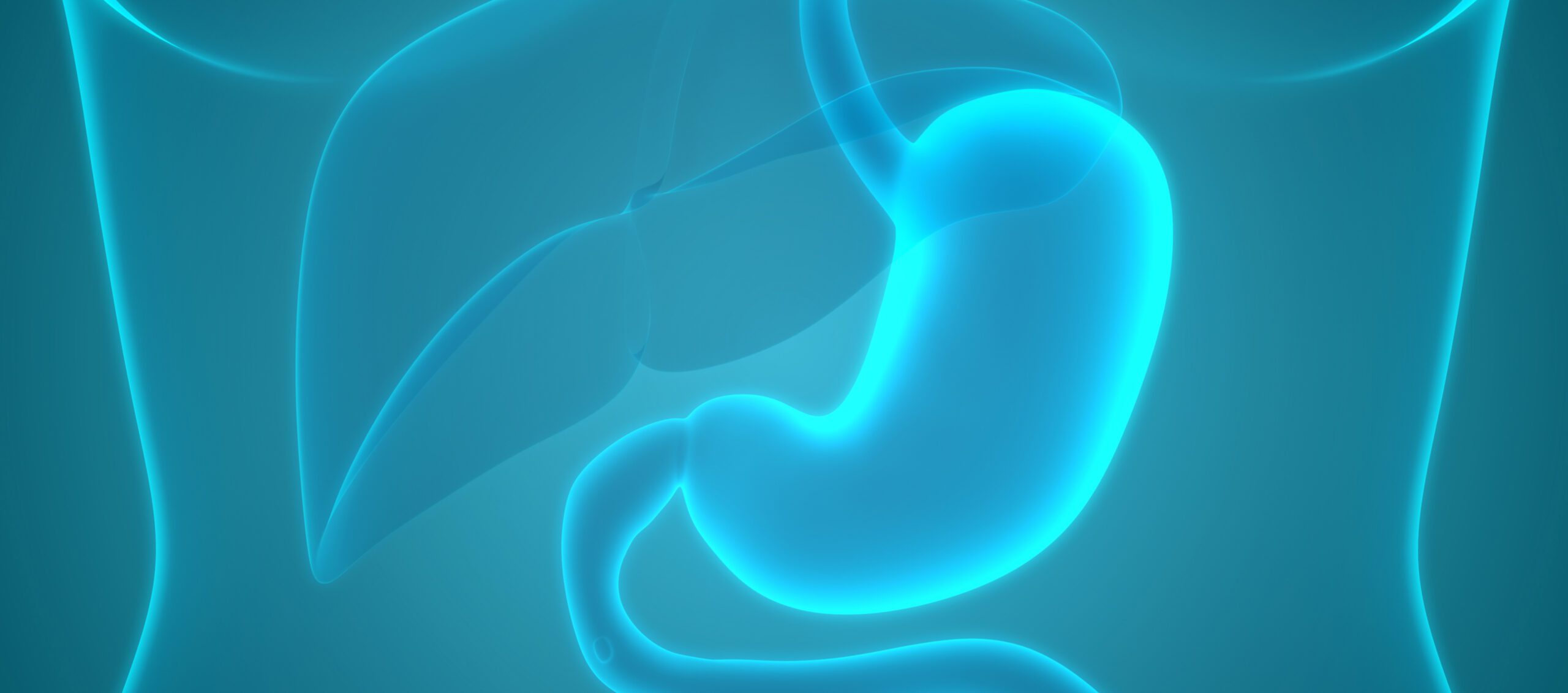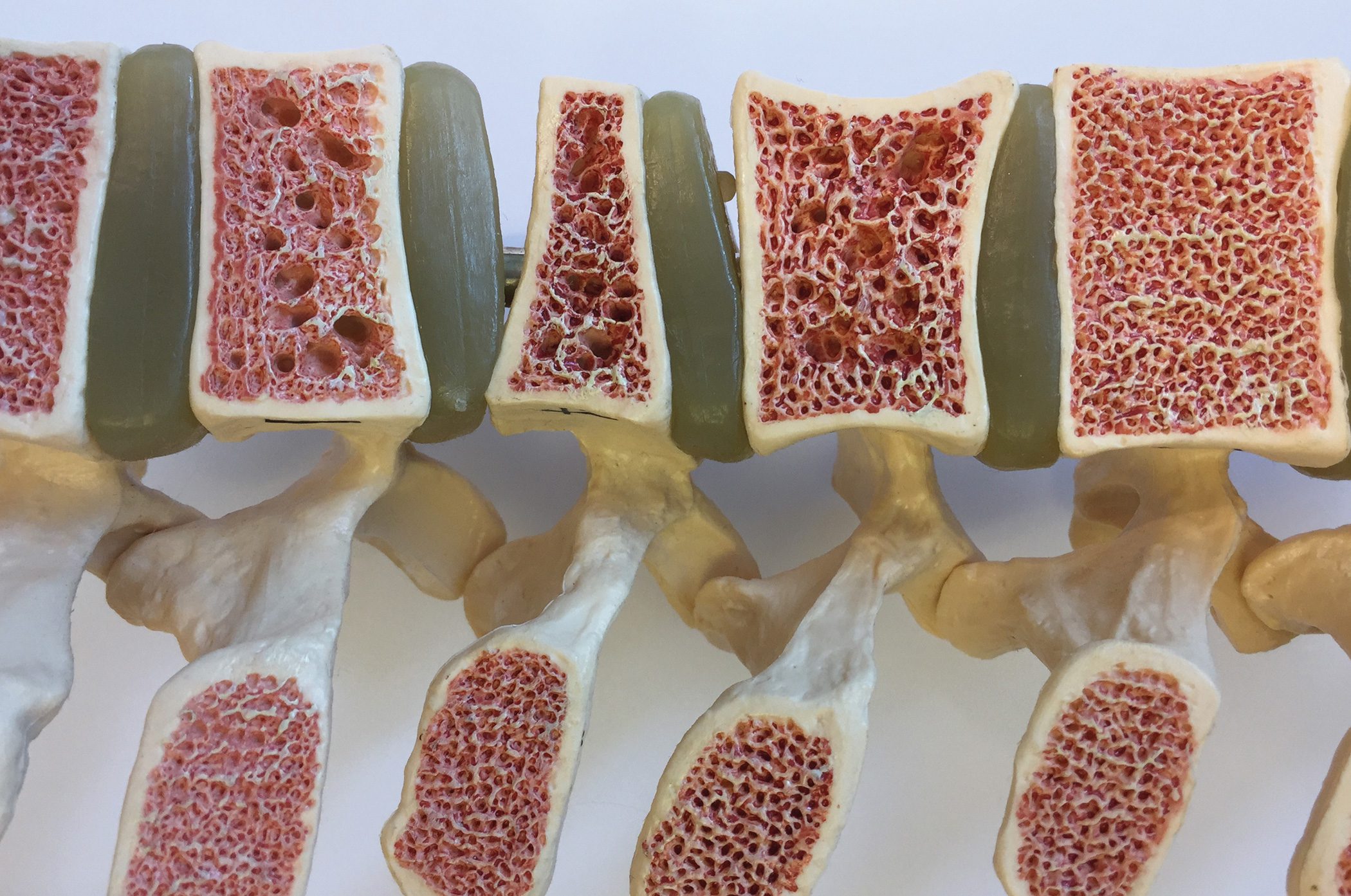The spectrum of possible causes of dyspnea is broad. In addition to X-ray imaging in two planes, high-resolution computed tomography (HR-CT) and angio-CT are imaging procedures available for diagnostic localization, which make it possible to visualize structures in detail and determine functional parameters. One of the newer methods in the field of pulmonary sonography is B-line diagnostics.
Dyspnea is a major symptom of patients with lung disease [2]. Depending on the individual, very different statements are made about the difficulty in breathing. The diagnosis can be very challenging; there are no objective parameters for quantifying dyspnea. The results of lung function tests often do not correlate with the subjective perception of restricted breathing. Imaging examination methods can be used to diagnose corresponding morphological changes and to assess the success of a therapy. The following articles will focus on the differential imaging diagnosis of dyspnea and various clinical pictures.
Asthma, COPD, interstitial lung diseases and myocardial dysfunction are mainly responsible for acute dyspnea. Suddenly or within a few hours, a life-threatening change in general condition can develop due to restricted ventilation. The cause of the dyspnea must therefore be found and treated immediately [3,4]. COPD accounts for 25% of the causes, pneumonia for 13% and, remarkably, sepsis for 18%. The lethality rate of this symptomatology in hospitalized patients is given as 9% and appears to be high.
Dyspnoea therefore describes a subjectively perceived shortness of breath or difficult breathing. The patient has the feeling of not getting enough air. The outward signs of dyspnea can be shallow and rapid breathing or markedly deep breathing [1].
Functionally, dyspnea can be classified according to Table 1 . The differential diagnosis of dyspnea covers a broad spectrum of diseases. Table 2 provides an overview.
After taking a medical history and clinical examination, further diagnostic steps are usually required to verify the causes of dyspnea in order to confirm the diagnosis and initiate appropriate treatment (Overview 1).
Imaging diagnostics
X-ray imaging in two planes is a standard diagnostic procedure in pneumology. Pathologies of the lung could be visualized above a certain size. The introduction of computed tomography (CT) around 40 years ago provided a much better insight into lung parenchyma and airway structures, and the pulmonary vascular system and mediastinum were also easier to assess. Hardly any other diagnostic field in medicine has seen such rapid development as thoracic imaging. As the resolution improved, the radiation exposure decreased and new technologies made it possible to perform functional diagnostics in addition to the purely descriptive description of anatomical structures. With the further development of magnetic resonance imaging (MRI), an additional method became available that created new imaging possibilities, particularly in the area of heart-lung interaction.
At the same time as the technology improved enormously, the availability of CT and MRI scanners improved and the price of individual examinations fell. A special examination for certain issues has increasingly become a standard examination for all forms of acute and chronic lung diseases. Lung cancer screening with low-dose CT is likely to be approved in the next few years. The data available from large clinical studies confirms the benefits with justifiable risks and costs. Round heart diagnostics can be combined with emphysema diagnostics and CHD screening (coronary calcification) in a single examination, which significantly increases the positive effect.
Diffuse parenchymal lung diseases are increasingly becoming the focus of pulmonology. The number of differential diagnoses is large. Today, high-resolution computed tomography (HR-CT) allows a clear diagnosis to be made for a number of interstitial lung diseases, while for others it is diagnostically groundbreaking in an interdisciplinary context with clinic and pathology. The pulmonary vascular system was somewhat the stepchild of the chest X-ray examination. Numerous X-ray and especially CT signs indicate an increase in pulmonary arterial or pulmonary venous pressure. Angio-CT and MRI can now be used to visualize the structures in detail and determine functional parameters.
Chest X-ray examinations in children and adolescents require careful indication due to the radiation exposure. Today, there are many ways to use X-ray technology with a reduced radiation dose [6].
Magnetic resonance imaging has only a limited indication for pulmonary diagnostics and is not a primary diagnostic method. The former advantage of multiplanar visualization of pathological changes has been relativized with modern multislice CT scanners [7].
B-line diagnostics is a new method in pulmonary sonography and differential diagnosis of dyspnea [8]. There is a close correlation between pulmonary venous congestion and interstitial fluid collections in which B-lines occur. Bilateral detection in at least 2 regions and more than three B-lines per acoustic window allows pulmonary congestion to be diagnosed with a sensitivity of 100% and a specificity of 92%. The severity of the congestion correlates with the number of B-lines and with mortality. Compared to a chest x-ray, this examination technique can be carried out quickly and without radiation exposure. The detection of lung sliding, B-lines or the lung pulse excludes a pneumothorax at the examined site with a very high probability (sensitivity >99%)! The diagnosis of pneumothorax can therefore also be made using ultrasound with a sensitivity of 86-97%.
Case study
Various pulmonological diseases are presented as examples, which are treated separately and in detail with illustrative examples in the following articles.
Case example 1 shows a chest x-ray of an obese 68-year-old female patient who complained of increasing shortness of breath within a few days. X-ray diagnostics confirmed the clinical suspicion and the positive corona test. The intensive inpatient treatment that was immediately initiated could not prevent the patient from dying after 3 days.
Case 2 demonstrates the Covid-19 infection of a 57-year-old man, confirmed by computer tomography. In this case, too, the clinical picture was characterized by considerable dyspnea and fever.
Case 3 shows a large malignant tumor of the right dorsal lung with broad pleural infiltration and numerous ipsilateral metastases. Weeks of coughing, progressive fatigue and gradually developing dyspnea led to an imaging examination.
Case example 4 shows enlarged mediastinal and hilar lymph nodes in sarcoidosis in a contrast-assisted CT scan. The 36-year-old patient complained of an increasing urge to cough and shortness of breath on exertion.
Take-Home-Messages
- Dyspnea is a leading symptom in pulmonary diseases.
- There is a wide range of differential diagnoses for the cause of dyspnea.
- The clinical course of the symptoms is variable.
- In addition to clinical, laboratory and instrumental functional diagnostics, imaging diagnostics are of great importance.
- X-ray diagnostics and in particular computer tomography are the methods of choice for imaging pulmonary diseases.
Literature:
- Flexikon, https://flexikon.doccheck.com/de/Dyspnoe,(last accessed, 14.03.2024)
- Mayer LC, Clarenbach C: Pulmonary dyspnea. Ther Umsch 2023: 80(6): 251-257.
- Wagner U, Vogelmeier C: Acute dyspnea. Internist (Berl) 2005; 46(9): 965-973.
- Bernhard M, et al: Acute dyspnoea. Dtsch Med Wochenschr 2023; 148(5): 253-267.
- Francke S, et al: Non-cardiac and non-pulmonary causes of dyspnea. Internist (Berl) 2015; 56(8): 900-906.
- Welte T, Costabel U: Thoracic imaging. Z Pneumology. 2022; 19: 247-248.
- Burgener FA, et al: Differential diagnostics in MRI. Georg Thieme Verlag Stuttgart, New York: 2002; pp. 452.
- Breitkreutz R, Haunhorst S, Sinnathurai S: Lung: Congestion/
B-line diagnostics and pneumothorax as an alternative or supplement to conventional X-rays? Rofo 2014; 186 – RK204_2.
InFo PNEUMOLOGY & ALLERGOLOGY 2024; 6(2): 32-34


















